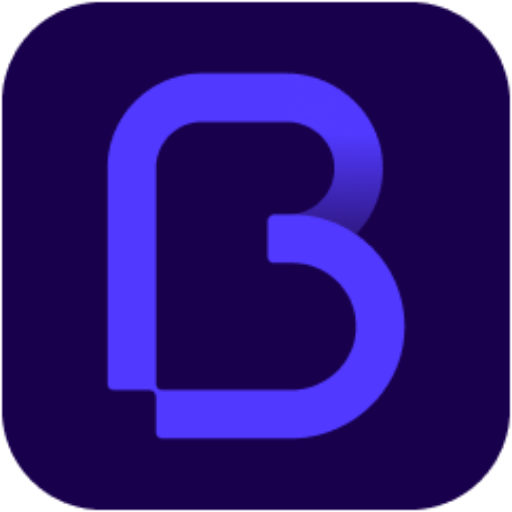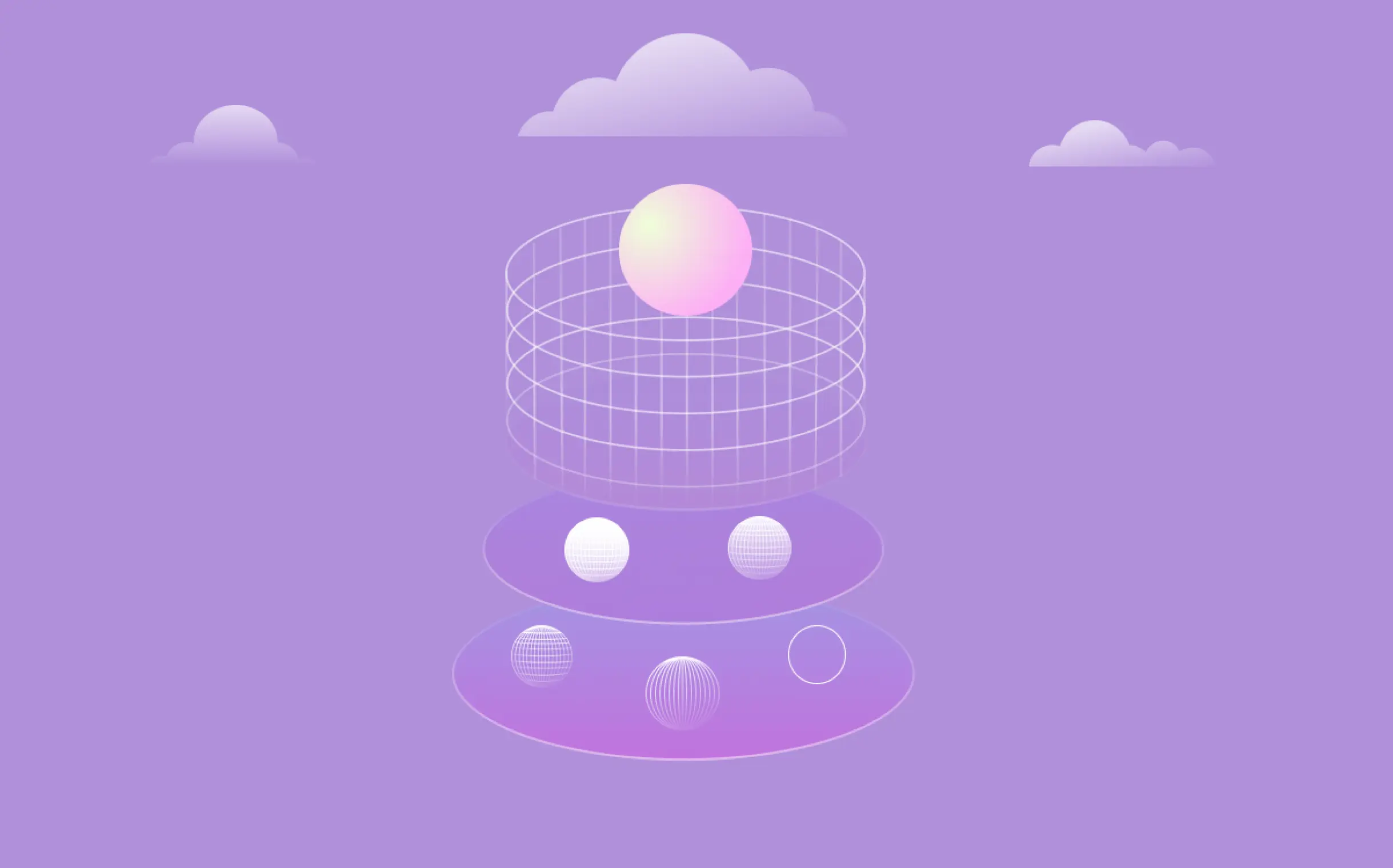What is Web3? Decentralized Internet and Web 3.0 Explained



The third iteration of the web, known as Web3 or Web 3.0, is well underway. But what exactly is it? Let's break down the future of the internet.
What is Web3?
Web3 (or Web 3.0) is the next evolution of the World Wide Web, using blockchain technology and cryptocurrency tokens to power a more decentralized internet. Unlike previous versions, Web3 is maintained by many individual users, not just large centralized companies.
Web3 is defined as "a decentralized and fair internet where users control their own data, identity, and destiny." The main themes are decentralization and user control.
Web 1.0 (1990 - 2005)
Web 1.0 was the first generation of the internet, characterized by mostly read-only content with little user interaction. It was an era of innovation, but limited in participation.
Web 2.0 (2005 - Present)
With Web 2.0 came social networks and user-generated content. Platforms like Facebook, Twitter, and Wikipedia allowed anyone to create and share content. However, Web 2.0 is highly centralized, dominated by big tech companies.
Web3 (Present - ????)
Web3 is defined as "an internet owned by users and builders, orchestrated with tokens." This means value and control accrue to the users of the network, not a company. Decentralized Autonomous Organizations (DAOs) are examples of how Web3 can work, enabling collective decision-making without a central structure.
Tokens: The Fuel of Web 3.0
Blockchain tokens are the engine of Web3. They enable new forms of incentive, coordination, and participation. Cryptocurrencies are just one type of token; NFTs and governance tokens are other examples. Tokens can transform how we create value and collaborate online.
Final Thoughts
Web3 is still developing, and there are debates about how it will be adopted and decentralized. What matters is that it represents a paradigm shift, putting control and value in the hands of users.
This article was adapted for Bitfever. For more on Web3, keep following our blog!



